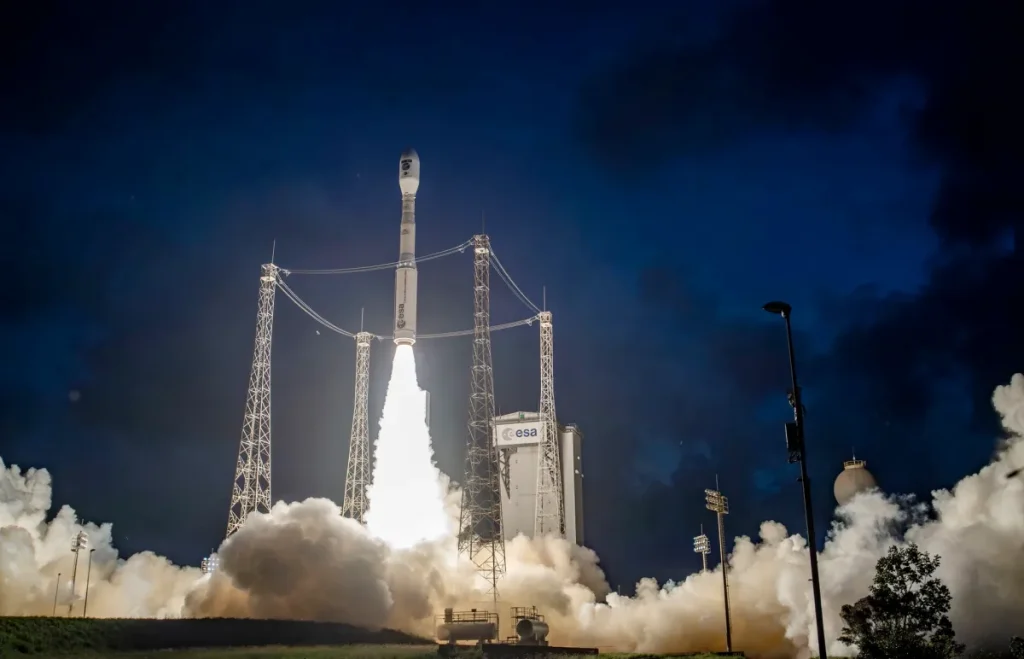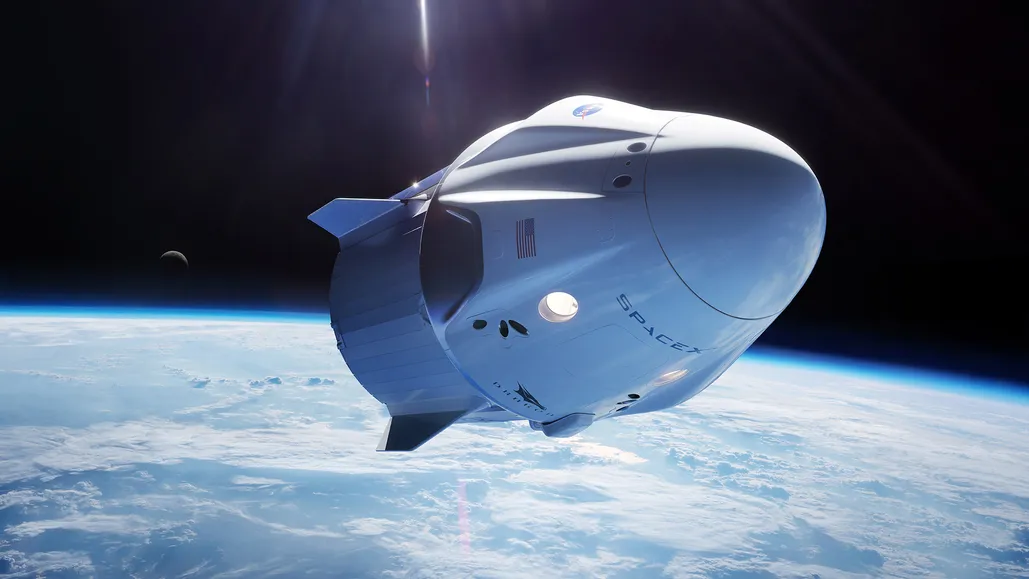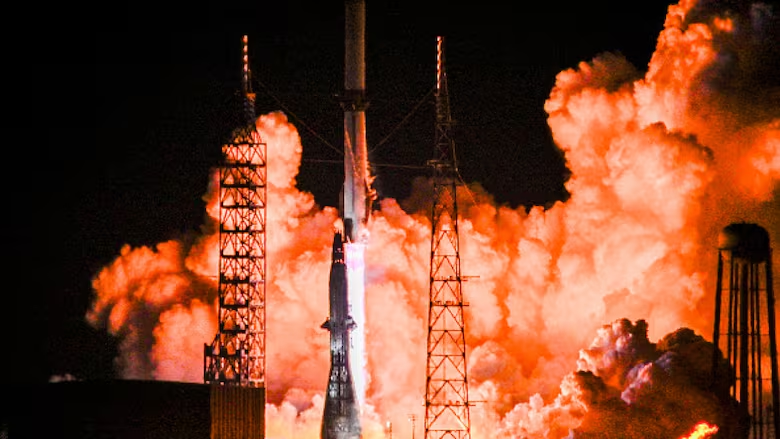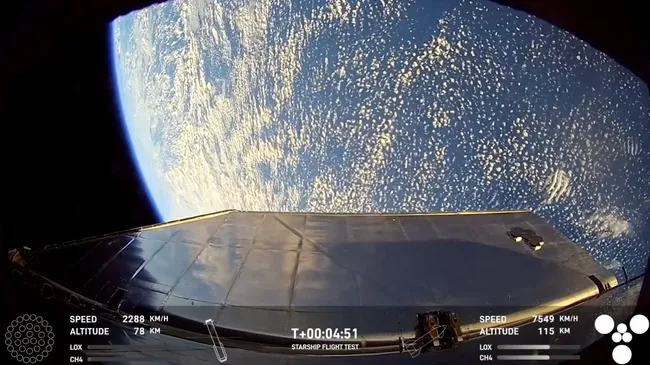
On December 5, a Vega C rocket successfully deployed an Earth observation satellite, marking its first flight in nearly two years since its last failure.
The rocket lifted off from the European spaceport in Kourou, French Guiana, at 4:20 p.m. Eastern. Originally scheduled for December 4, the launch was delayed by a day due to an issue with the mobile launch gantry at the site.
The Vega C’s three solid-fuel lower stages operated as planned, followed by three burns from the liquid-propellant AVUM+ upper stage. About one hour and 45 minutes after liftoff, the rocket deployed its payload, the Sentinel-1C satellite.
This flight marked Vega C’s return after a December 2022 mission failure on its second flight, which resulted in the loss of two Pléiades Neo imaging satellites. The incident was traced to a flaw in the nozzle of the Zefiro-40 motor in the rocket’s second stage. To address this, Avio, Vega C’s prime contractor, replaced the carbon-carbon material in the nozzle. However, a static-fire test in June 2023 revealed another failure, prompting a complete nozzle redesign.
The updated motor underwent successful static-fire tests in May and October 2023, restoring confidence among Avio, Arianespace, and the European Space Agency (ESA). This mission confirmed the effectiveness of the redesigned motor.
The payload, Sentinel-1C, is a radar imaging satellite developed by Thales Alenia Space for the Copernicus Earth observation program, jointly run by ESA and the European Commission. The satellite replaces Sentinel-1B, which failed nearly three years ago, and joins the aging Sentinel-1A. It also introduces new features, including an Automatic Identification System (AIS) for monitoring maritime traffic.
ESA Director General Josef Aschbacher celebrated the milestone, calling it “a moment of two significant European achievements: the successful launch of the Sentinel-1C satellite and the return of Vega C to flight.”
This flight carried special importance due to Europe’s recent “launcher crisis,” triggered by the Vega C failure, the Ariane 5’s retirement, and delays in launching Ariane 6. This situation forced ESA and the EU to rely on SpaceX’s Falcon 9 for key missions.
“With Vega C back in service and the Ariane 6 launch expected in July, Europe is reclaiming its independent access to space,” said Toni Tolker-Nielsen, ESA’s Director of Space Transportation.
Looking ahead, four Vega C launches are planned for 2025. These will be the final missions under Arianespace as the launch provider, with Avio taking full control of Vega C operations, including sales and marketing.
“We are proud to support the Copernicus program and strengthen Europe’s independent space access,” said Giulio Ranzo, CEO of Avio. “With Vega C, we are prepared to meet growing launch demands in the coming years.”
ESA and its partners are also focusing on ramping up Ariane 6 flight activity. While its second mission was postponed to mid-February 2025, the delay is not expected to disrupt the overall launch schedule, which includes six flights in 2025.
Following the Vega C mission, Arianespace CEO Stéphane Israël stated, “This success, alongside Ariane 6’s inaugural flight, positions us for an ambitious launch schedule in 2025.”
Although ESA and Arianespace aim to increase launch rates, they remain far behind competitors like SpaceX, which has already completed over 120 launches this year with its Falcon 9 and Falcon Heavy rockets.




Leave a Reply